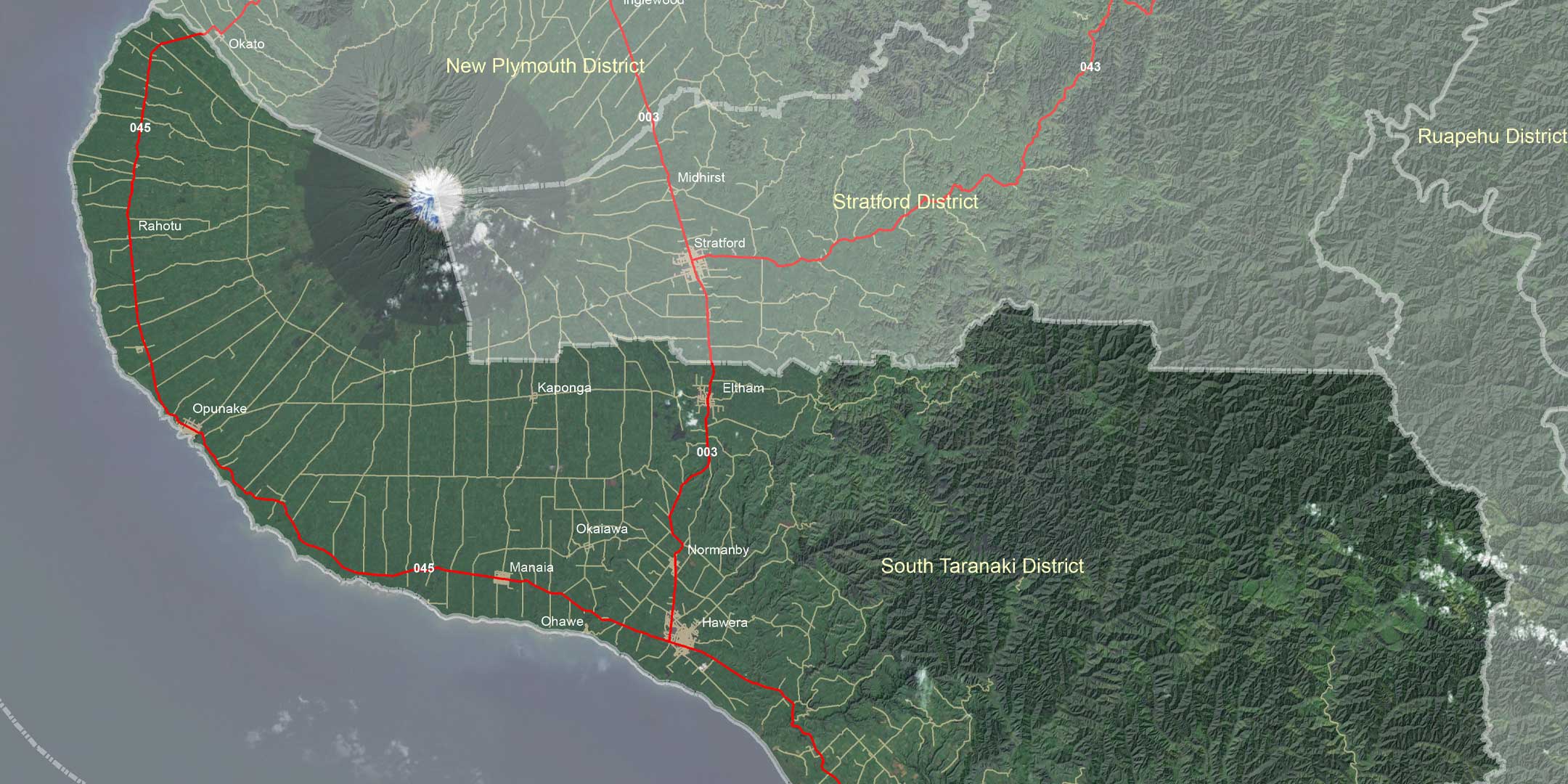The key to success in managing a district plan review is a close working relationship with the council and a collaborative consultation process.

This was certainly the case when Boffa Miskell was engaged by the South Taranaki District Council to assist with their district plan review.
“The council had a clear understanding about which aspects of the existing district plan were working well and which required improvement. Its small planning team had limited policy experience, though, so sought Boffa Miskell’s help,” says Boffa Miskell planner and project leader, Hamish Wesney. “We quickly developed a team approach that optimised our combined knowledge and skills.”
After scoping the issues that needed to be addressed and the extent of review required, each chapter in the plan was systematically reviewed. In a series of workshops with the councillors, the current district plan’s effectiveness was assessed, and options for new/revised approaches, as well as recommendations and draft provisions considered.
“There was a high level of participation in the workshops by the mayor and councillors, so there was a lot of engagement at the political level and the opportunity for thorough debate,” Hamish recalls. “We really enjoyed working in this way and, of course, the aim was to try and resolve as many issues as possible in advance of the formal notification process.”

With that in mind, Boffa Miskell consulted a wide range of stakeholders about the key issues and options for each topic and, later, invited their comment on the draft provisions – resulting in positive engagement and constructive feedback. The council also wanted affected people to be made aware of any newly proposed provisions so that solutions could be found, where possible, to avoid potential for undue burden.
Tailoring the plan provisions to the context of the South Taranaki District was another important aspect. The district’s urban environments, for instance, required a highly permissive approach to address economic challenges facing small towns. Boffa Miskell urban planners had already been working with the council on a town centre strategy for Hawera, so the proposed plan provisions were correspondingly geared towards flexibility and minimising obstacles to new uses. A similar approach was taken with the district’s smaller service towns.
Also important in the plan review, was how to manage the land-based activities of the oil and gas industries, which are second only to farming in the district’s economy and are governed by a complex regulatory framework. The challenge facing the council was that the location of oil and gas activities cannot easily be predicted, so zoning or other location-based approaches were not an option. Instead, applicants will have to prove that the effects of their activities will be acceptable.
South Taranaki also has a long coastline with infrastructure for offshore drilling, potential windfarm development and small communities. Boffa Miskell assessed and mapped the extent of the coastal environment and outstanding natural features and landscapes. The relevant coastal provisions were updated to meet the requirements of the New Zealand Coastal Policy Statement 2010.
Just over 100 submissions were received on the proposed plan, which was notified in August this year. For a full plan review, this relatively small response and the range of positive comments indicates that the collaborative consultation process is now paying dividends. Further consultation will occur at pre-hearing meetings in early 2016, to find solutions where possible, before the formal hearings.


